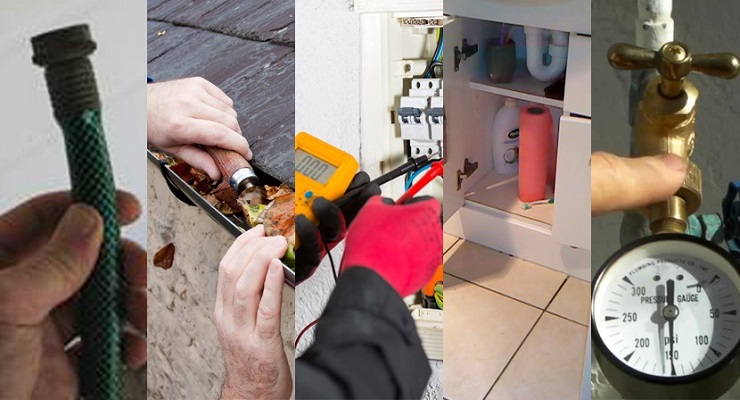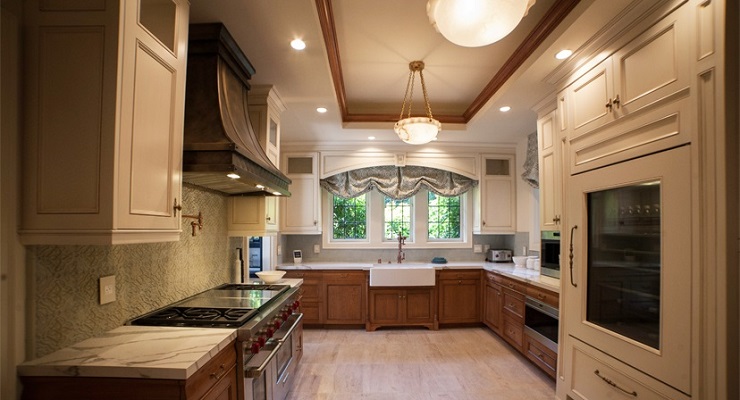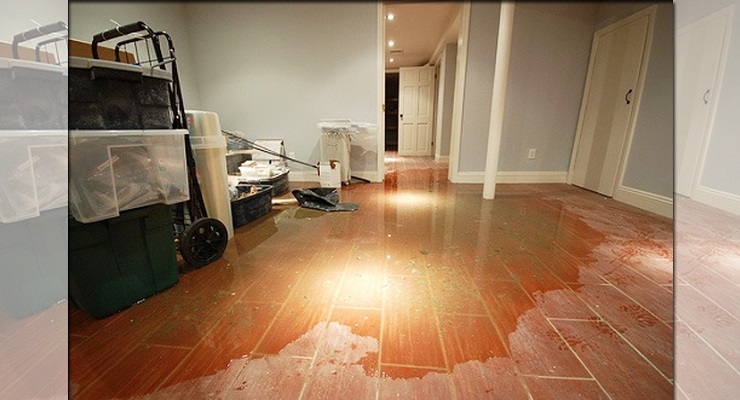Is it better to replace historic windows with new, low-emissivity windows and save energy or to keep the windows with their historic character and not save as much energy? The debate rages between preservationists and designers-environmentalists, but there is a middle ground: renovating historic windows for the same performance as new windows. And there’s a substantial argument for saving them – you keep the charm but you get efficiency!
Not only do original pieces add character that makes a house unique, but an old window are generally thicker and last longer than today’s windows, says the National Trust for Historic Preservation. Plus, as preservationists like to say, the greenest building (or window) is the one already built. No trips to the landfill. No new resources used.
If you’re faced with leaky, old windows, National Trust for Historic Preservation suggests starting by repairing the existing frame, sash and glass. Windows can also be draught proofed and insulated with appropriate caulking and weather-stripping materials. For wood-frame windows, they suggest using a quality, self-adhesive plastic V-strip weather-stripping.
Adding indoor or outdoor storm windows and heavy drapes will help reduce the load on your heating and cooling systems. The U.S. Department of Energy says that storm windows don’t add to the insulating properties of single-pane windows, but they do reduce the movement of air in and out, thus reducing heating and cooling costs. Adding extra locks to window sashes will help tighten a window’s seal, preventing air inflow and outflow.
Darrell Done has been a resident of the Pasadena area for more than 38 years. He understands the unique dynamics of the local real estate market and communities as only an active, longtime resident can. You can visit him at 388 South Lake Avenue, Pasadena or call him at (626) 844-2255.











